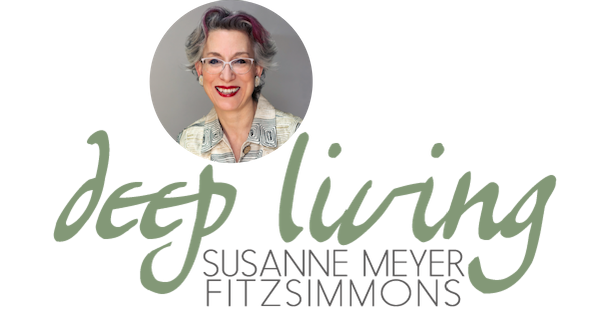Nourishing yourself is not only a food thing, but rather the much more holistic effort to fill your life with meaning. Author Karen Armstrong said that “we are meaning-seeking creatures.” Along those lines, the late Austrian writer Marie von Ebner-Eschenbach wrote, loosely translated, „What defines our existence is not what we experience, but how we feel about what we experience.”
Our life is literally meaningless if we don’t pour meaning into it. Meaning nourishes us, meaninglessness destroys us. The worst punishment is solitary confinement and total lockdown is not far behind. Just think back to your last year in lockdown, how meaning was sucked out of life because activities and social interaction came to a standstill.
The question then is how to create meaning. Where does meaning come from? Meaning is something we literally create in our minds, meaning is not inherently out there. Meaning is tied to the kinds of stories we create, tell and believe in. When the story changes the meaning changes. No story, no meaning. What brings you joy and makes you feel “full” has meaning to you. Do some detective work and think about all the things that make you feel good. Those are the things that have meaning for you.
Easter or Passover for example are days that only become meaningful and special through the stories we imbue them with, and the rituals, decorations, and traditions we create around them. For those who celebrate other holidays, Easter or Passover are just regular days.
We usually create meaning through doing, like traveling, doing sports, shopping, being with people. But the deeper meaning comes from within and the thoughts and beliefs you have about yourself and your place in the universe. The secret is to build the connections all around you - to the web of life, your community, yourself, the sacredness of nature, and all your relationships. Then you find meaning in the small things and many places, the beautiful sky, your kid’s smile, your dog’s wagging tail, anything.






